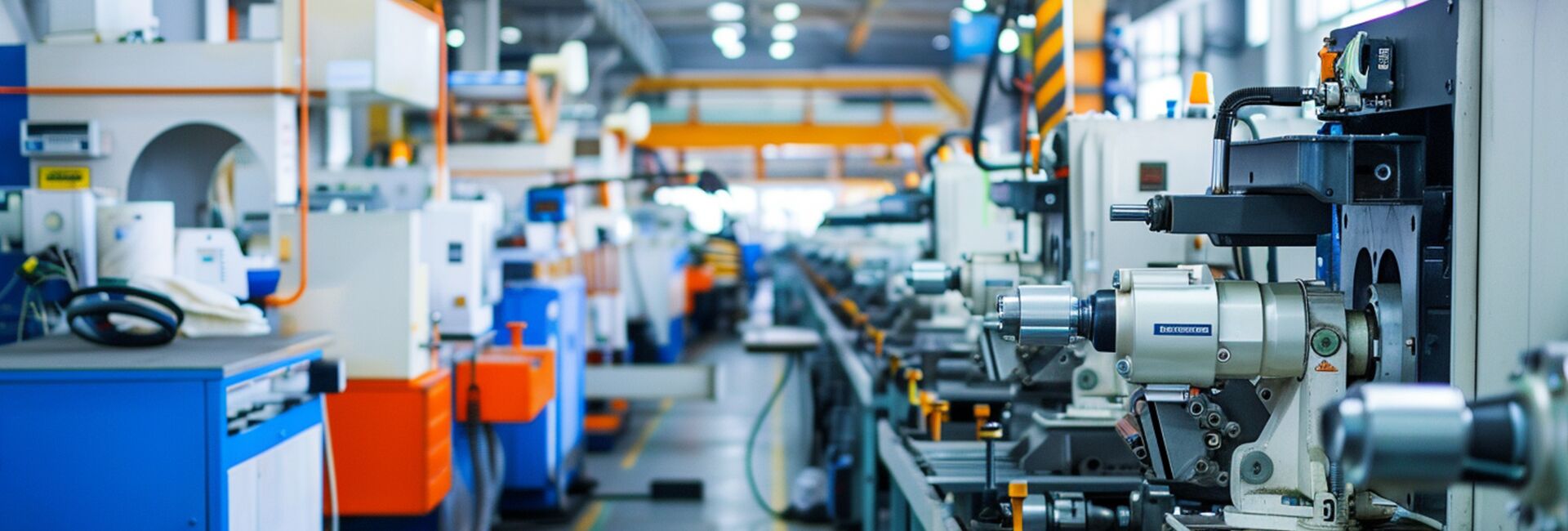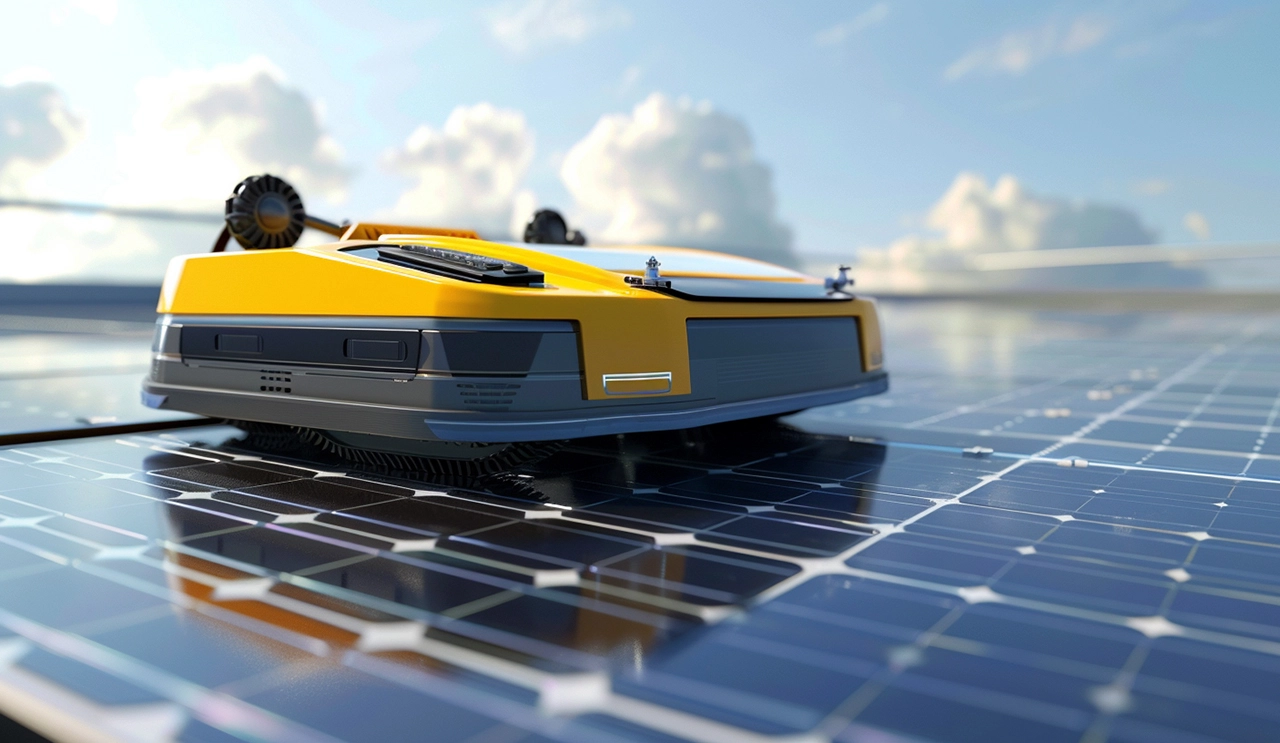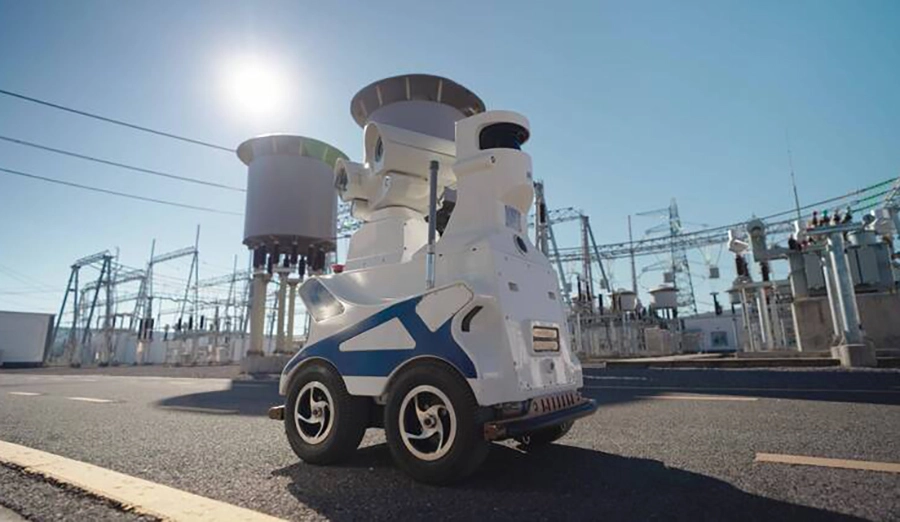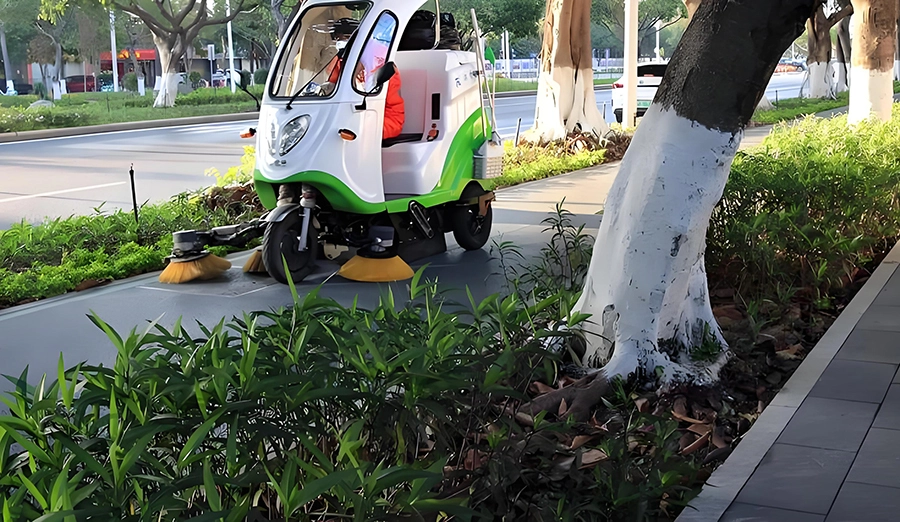
WIRELESS CHARGING IN THE NEWS
The autonomous charging technology of the park inspection robot is the core support for its all-weather operation. It integrates innovative technologies such as dynamic path planning, high-precision positioning, and multi-mode interaction, and builds a closed-loop energy management system. This technology not only solves the battery life problem in complex outdoor scenarios, but also promotes the upgrade of smart devices from "functional terminals" to "energy autonomous entities".
Technical implementation path
Spatial perception positioning system
The robot is equipped with a dual-frequency RTK positioning module and combined with UWB ultra-wideband technology to achieve centimeter-level positioning of charging piles. The robot in the Tongzhou Urban Green Heart Park in Beijing can still maintain a positioning accuracy of ±3cm in an environment with a tree canopy coverage rate of 65%. The lidar synchronously establishes a three-dimensional point cloud map of the charging area to dynamically avoid obstacles.
2. Intelligent connection institution
The charging interface adopts a magnetic coupling design, allowing for fault tolerance of ±5° angular deviation. The charging piles in Shenzhen Bay Park are equipped with self-cleaning contacts, maintaining a contact efficiency of 98% even in a humid salt spray environment. The visual servo system is guided by QR code positioning, and the six-axis linkage of the robotic arm completes millimeter-level insertion. The entire process takes an average of 45 seconds.
3. Smart Energy Management
The robot is equipped with a built-in lithium-sulfur battery pack, which, in combination with the photovoltaic charging cabin, forms a dual-mode power supply system. The solar charging piles in Shanghai Binjiang Forest Park can still maintain power supply for three days through the energy storage system even in rainy and cloudy weather. The AI algorithm dynamically adjusts the inspection route according to the task intensity. After the algorithm optimization, the battery life of a certain model of robot has increased by 27%.
Breakthrough in application value
1. Continuous service guarantee
The 20 robots deployed in Xixi Wetland, Hangzhou, have achieved off-peak charging through an intelligent dispatching system, ensuring that 16 of them are on duty every hour. During the typhoon in 2023, the system worked continuously for 72 hours and completed the early warning of 26 dangerous situations.
2. Revolution in operation and maintenance costs
Actual measurement data from the Jinji Lake Scenic Area in Suzhou shows that autonomous charging has reduced the annual maintenance cost of a single machine by 12,000 yuan. The charging pile is equipped with a self-check module, which can issue an early warning of electrode wear 14 days in advance, reducing the maintenance response time to 2 hours.
3. Green and low-carbon transformation
The solar charging network of Xuanwu Lake Park in Nanjing reduces carbon emissions by 42 tons every year. The robot's off-peak electricity charging ratio at night reaches 85%, saving 31% energy compared to the traditional charging mode.
Technological innovation direction
Wireless charging upgrade
The Chengdu Tianfu Greenway is currently testing a 15kW magnetic resonance wireless charging system, with a charging efficiency of 92%, effectively solving the problem of interface oxidation. The test model can still be charged normally under the condition of 5cm of snow accumulation.
2. Energy sharing ecosystem
Xiongan New Area is piloting the bidirectional charging and discharging function of robots, which can supply reverse power to monitoring equipment in emergency situations. A certain model of electricity cumulatively output 18kWh of emergency power during the rainstorm rescue in 2022.
3. Multi-energy complementary system
The Haizhu Wetland in Guangzhou integrates a smart microgrid of wind, solar, storage and charging. The charging piles are equipped with vertical-axis fans, which can provide supplementary power supply at a wind speed of 3m/s. The system gives priority to using renewable energy, and the power supply from the power grid is only used as a backup.
Implications from Practical Cases
The robot charging system at Qingdao May 4th Square builds an energy sand table through digital twin technology, which displays the state of charge (SOC) of each robot in real time. When the battery level drops below 20%, the central dispatching system automatically plans the optimal recharging path and synchronously pushes the occupancy status of the charging piles to other devices. This system has increased the equipment utilization rate to 93% and reduced the charging waiting time to within 8 minutes.
The autonomous charging technology of park inspection robots is redefining the energy management model of outdoor equipment. This solution that forms an intelligent closed loop of energy acquisition, storage and usage not only resolves the "battery life anxiety" of mobile devices, but also creates a replicable and scalable green operation and maintenance paradigm. With the application of new technologies such as dynamic wireless charging and hydrogen fuel cells, future inspection robots will truly achieve "never lose power" intelligent services.







